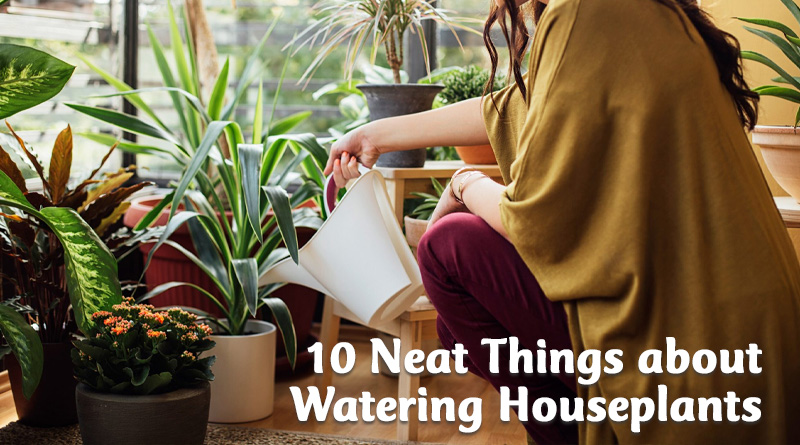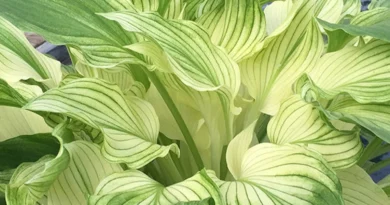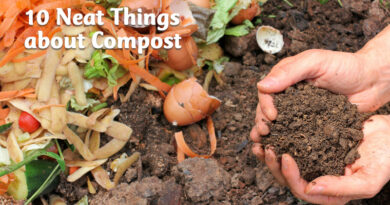About Watering Houseplants
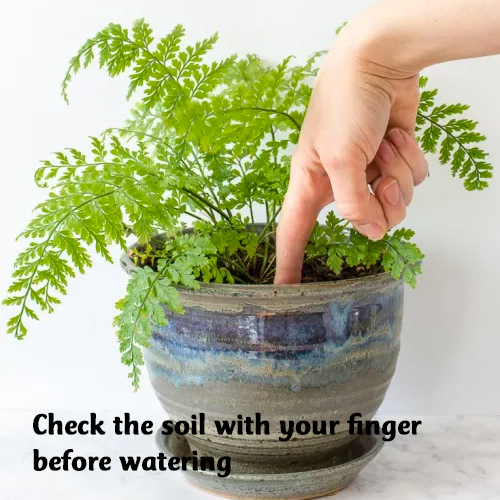
1. When to water.
Use your powers of observation when watering houseplants. If the top one-inch of the soil is dry and the plant looks thirsty, add water. In general, water less when the light levels are low and more when the plant is actively growing. (If your house is very dry in winter, you may have to water more often than at other times of the year, so use some judgement).
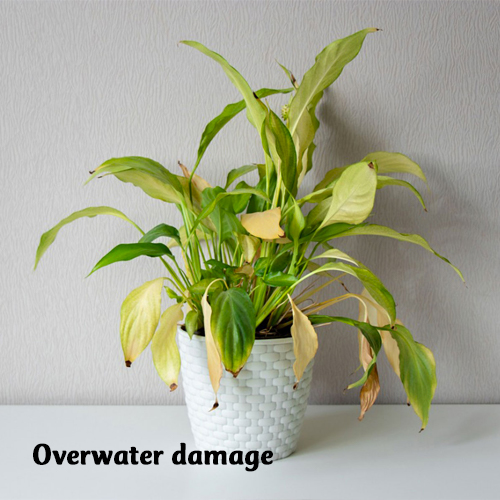
2. How much is too much?
If the soil is wet or soggy , your plant is being drowned. Plant roots, especially the top one-third, need oxygen, which exists in soil between the soil particles. When you over water, you suffocate the plant by forcing the oxygen out of the soil.

3. How little is too little?
There is no set rule in watering houseplants. Some cactus can retain water in its stems for up to two years! Other plants need to be kept uniformly damp in the water root zone. Your plant will tell you it’s thirsty by wilting and, if you leave it long enough, by dying. If the soil is wet or soggy, you’re watering too much. If it’s just damp, don’t add water yet. If it’s dry on the surface and for an inch below, it’s time to water. Get to know your plant and use those powers of observation.
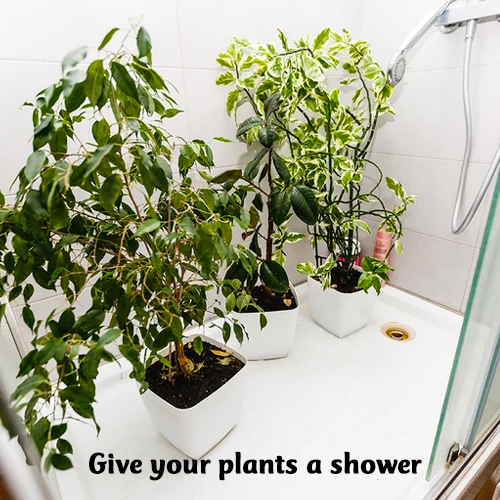
4. Give your plants a bath.
Take the whole pot to the sink. Give the leaves a shower and let the water run right through the pot. This washes out harmful salts that build up from unused fertilizers. Remember, heavy showers emulate what happens in nature: It rains. It pours. The water saturates the ground, but quickly sinks away to the water table leaving the top few inches of soil pleasantly and refreshingly damp. Use room temperature water.
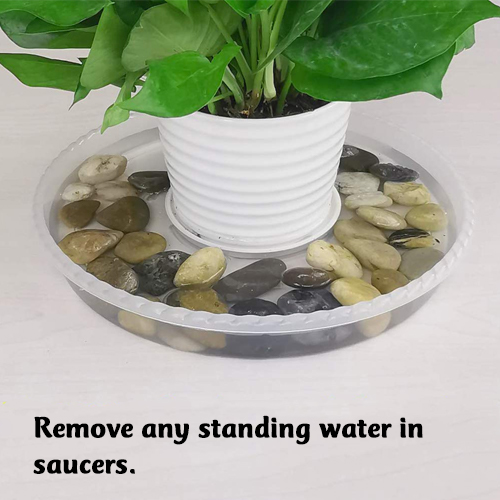
5. Drain and drip dry.
Drainage is the key. When watering houseplants, there should never be standing water in plant saucers. Think of what would happen if your own feet were left in water for days at a time! For plants, roots can rot, and that can mean death.
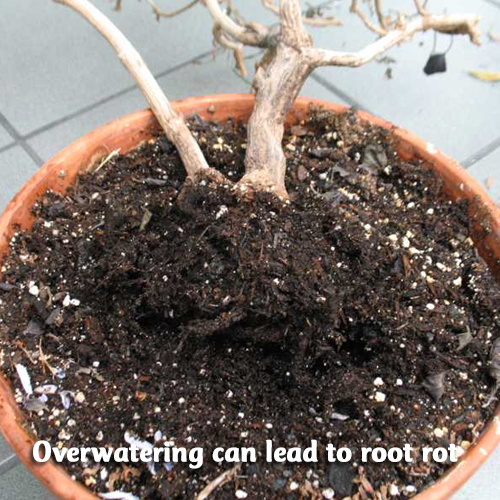
6. Over/under watering symptoms.
Leaf or bud drop can indicate both under or over watering. It’s normal for plants to shed old leaves, usually those at the bottom of the plant, but yellowing or browning of other leaves can also be another symptom of improper watering. Mould or fungus growing on the soil, stems, or leaves clearly points to over watering.
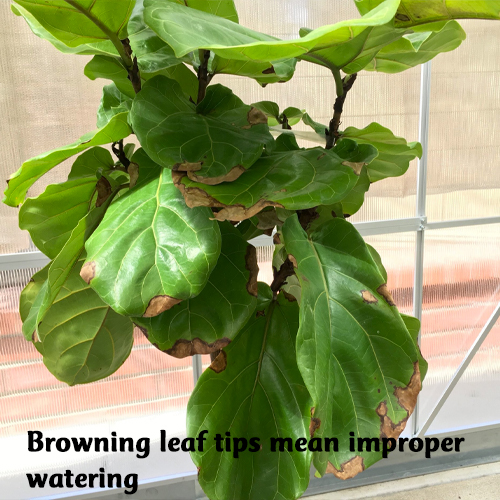
7. Brown spots on leaf tips.
Improper watering of your houseplants can cause the browning of leaf tips, which can also be caused by the chlorine in our tap water. Some plants are more sensitive to chlorine than others. You can overcome this by simply leaving tap water out overnight to allow the chemical to dissipate.
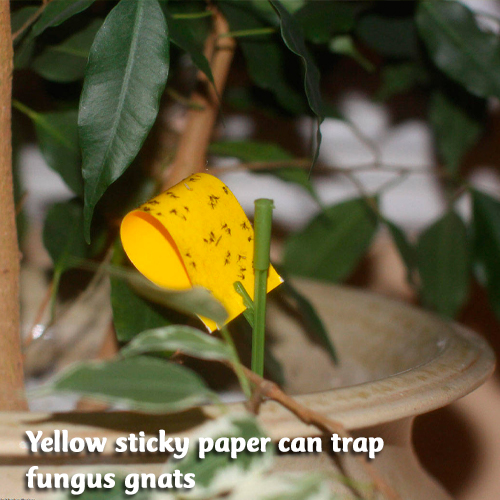
8. Fungus gnats.
Those pesky little flies that sometimes surround houseplants in winter are another symptom of too much water. Fungus gnats lay their eggs in damp soil in the top one to one-half inch of soil. They love organics-rich soil and plenty of moisture. Let the top inch of soil of your houseplants dry out to discourage these beasts. (You can also drench the soil with neem oil or a commercial pesticide powder available at most garden stores. Capture the flying adults with a strategically placed saucer of vinegar).
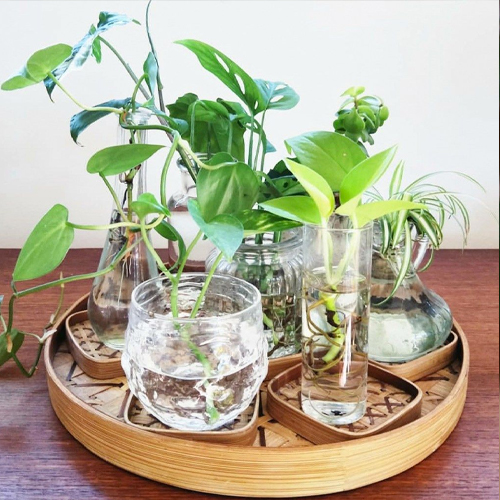
9. Plants that grow in water.
So if plant roots need oxygen, how come hydroponics work? The answer is oxygenated water. Stagnant water will kill the plants, so oxygen is introduced via air pumps and air stones, which break up oxygen bubbles into smaller particles. Some plants are designed to grow in water and have little air bladders on their roots.
10. Distilled water is dead water.
Feeding plants with distilled water is counter-intuitive! Plants use minerals dissolved in water. Distilled water removes minerals (and also changes the pH of water). Drinking distilled water can be harmful to your body. Don’t feed it to your plants.
Click here to subscribe to the 10 Neat Things e-newsletter so you never miss it when it comes out every week.



